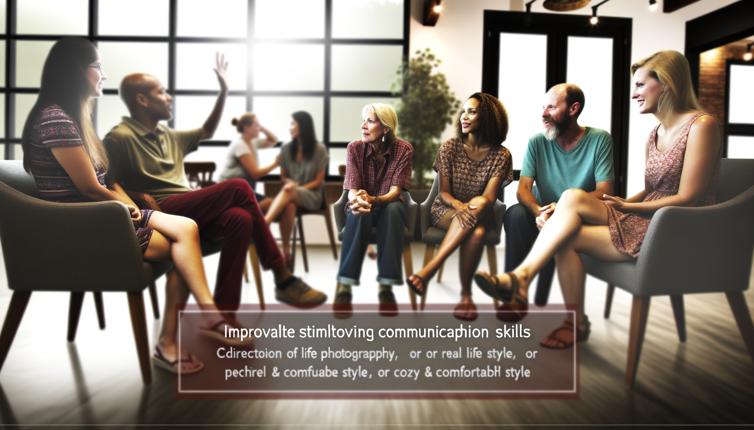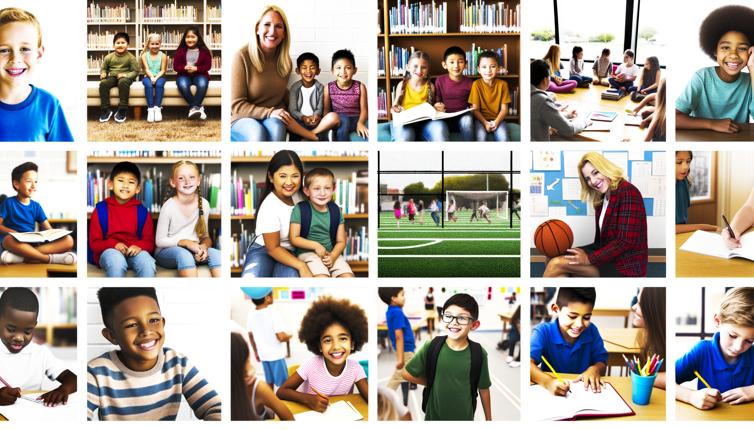Understanding Different Communication Styles
One of the biggest barriers to communication is the differences in communication styles. People have different ways of expressing themselves and understanding others.,To overcome this barrier, we need to be aware of these differences and adjust our communication style accordingly. Some people may prefer a direct and assertive communication style, while others may prefer a more indirect and passive style. By understanding and adapting to these differences, we can improve our ability to communicate effectively with others.
Active Listening
Another common barrier to communication is a lack of active listening. Many times, we may be more focused on what we want to say next, rather than fully listening to the other person.,To overcome this barrier, we need to practice active listening. This involves fully focusing on the speaker, maintaining eye contact, and providing verbal and non-verbal feedback to show that we are engaged in the conversation. By actively listening, we can better understand the other person's perspective and respond in a more effective manner.
Non-Verbal Communication
Non-verbal communication, such as body language and facial expressions, can also create barriers in communication. These cues can sometimes convey a different message than the words being spoken.,To overcome this barrier, we need to be aware of our own non-verbal cues and pay attention to the cues of others. It's important to maintain open and positive body language, such as facing the person directly, nodding to show understanding, and using appropriate facial expressions. By aligning our non-verbal communication with our verbal messages, we can enhance the clarity and effectiveness of our communication.
Conclusion
Effective communication is a skill that can be developed with practice. By understanding different communication styles, practicing active listening, and being mindful of non-verbal cues, we can overcome communication barriers and build stronger relationships. Remember, effective communication is a two-way street that requires both talking and listening.








